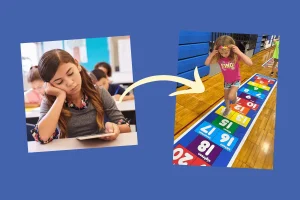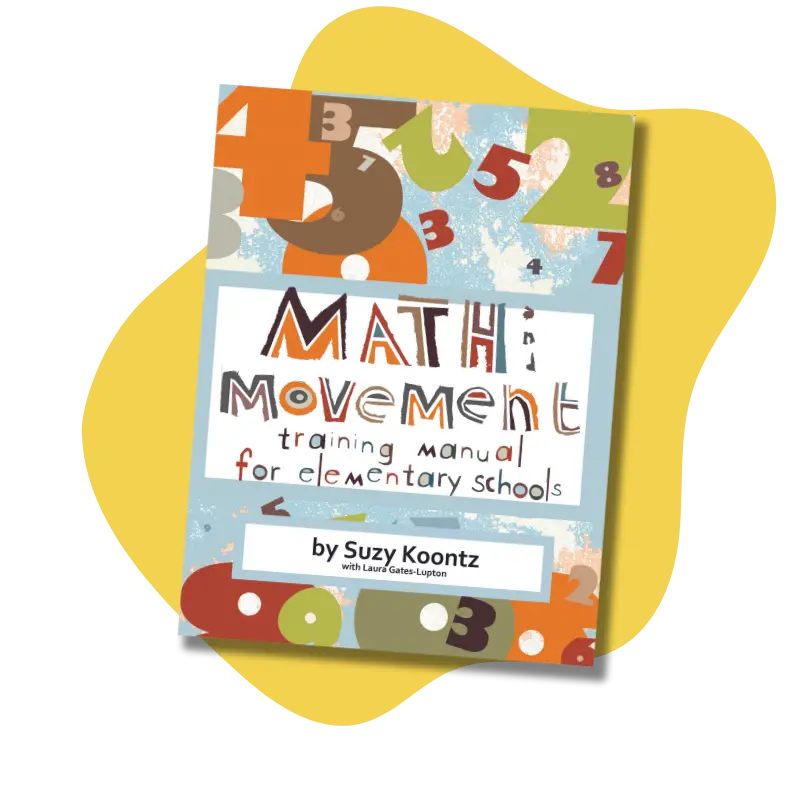
- Trusted by Over 2000 Schools Nationwide
- Top-Rated PD Provider ★★★★★ 4.77
- Save with our Kits & Packages – Shop Now! →

Americans are lagging behind other countries in math. Many students have difficulty with math from an early age that affects their entire math education. This so-called ‘math crisis’ stems from students’ difficulty in understanding math concepts. Innumeracy– what John Allen Paulos calls “the mathematical equivalent of not being able to read”–has become a long-term trend among American students. In 2012, the PISA (Programme for International Student Assessment) evaluation of 15-year-old students’ math scores found that Americans rank 24 out of 29 industrialized nations.
America ranks behind 23 countries including Canada, Australia, New Zealand, and Spain. In recent years, this trend hasn’t shown signs of improvement. The National Council of Teachers of Mathematics found that, in 2018, only 25% of American students had achieved math proficiency. By the time these students reach college, only one third are prepared for college-level mathematics coursework.
A major cause of math illiteracy lies in changing approaches to math instruction. Teachers will receive training in new strategies for teaching math that often show promise among some students. However, these techniques are not used to their fullest in classroom settings when teachers integrate them into traditional, memorization-heavy instructional methods.
When students only memorize mathematical concepts, they take these concepts out of the bigger picture. Instead of solving a problem and learning how that problem fits into a larger system, they only find answers for specific problems. Mindset also plays a key role in the math crisis. When children repeatedly hear negative talk about math, they internalize a negative view of learning math that lasts throughout their education. Changing this mindset early is crucial to improving math education.
Many professions need math-competent individuals. Medical, financial, engineering and scientific professions all rely on math, and there are many open positions for math-competent professionals. This dependency is projected to increase by 3.3% by 2030.
Changing our attitude about math can be as simple as playing some games!
Tara Holm, a mathematician at Cornell University, suggests incorporating math into everyday life using games and family activities. Rather than memorizing formulas in class, students can work together to solve problems and see how different mathematical concepts are related.
In the classroom, kinesthetic learning techniques create a fun learning environment for math students of all ages. Math & Movement’s active classroom programs use fun math games and movement-based activities to encourage a positive, can-do attitude among students.
Kids love to learn when they move- just look at the numbers!
Math positivity starts at a young age. Institutions such as the National Museum of Mathematics in New York City have found ways to engage children in math through play. Their hands-on exhibits use tactile and kinesthetic elements to engage visitors in mathematical concepts.
With a positive mindset and the right tools, children can enjoy learning and develop a genuine interest in mathematics.
Movement isn't just for recess
Want to get started with movement-based learning right now? Enter your email to get our training manual with over 250 active math movements. No materials necessary!
Subscribe to Our Newsletter
We never share or sell your data.
Please leave your email and a quick note for us. We will get back to you soon! In the meantime, here are answers to some of our most common questions:

Enter your email to get our training manual with over 250 active math movements. No materials necessary!
We never share or sell your data.